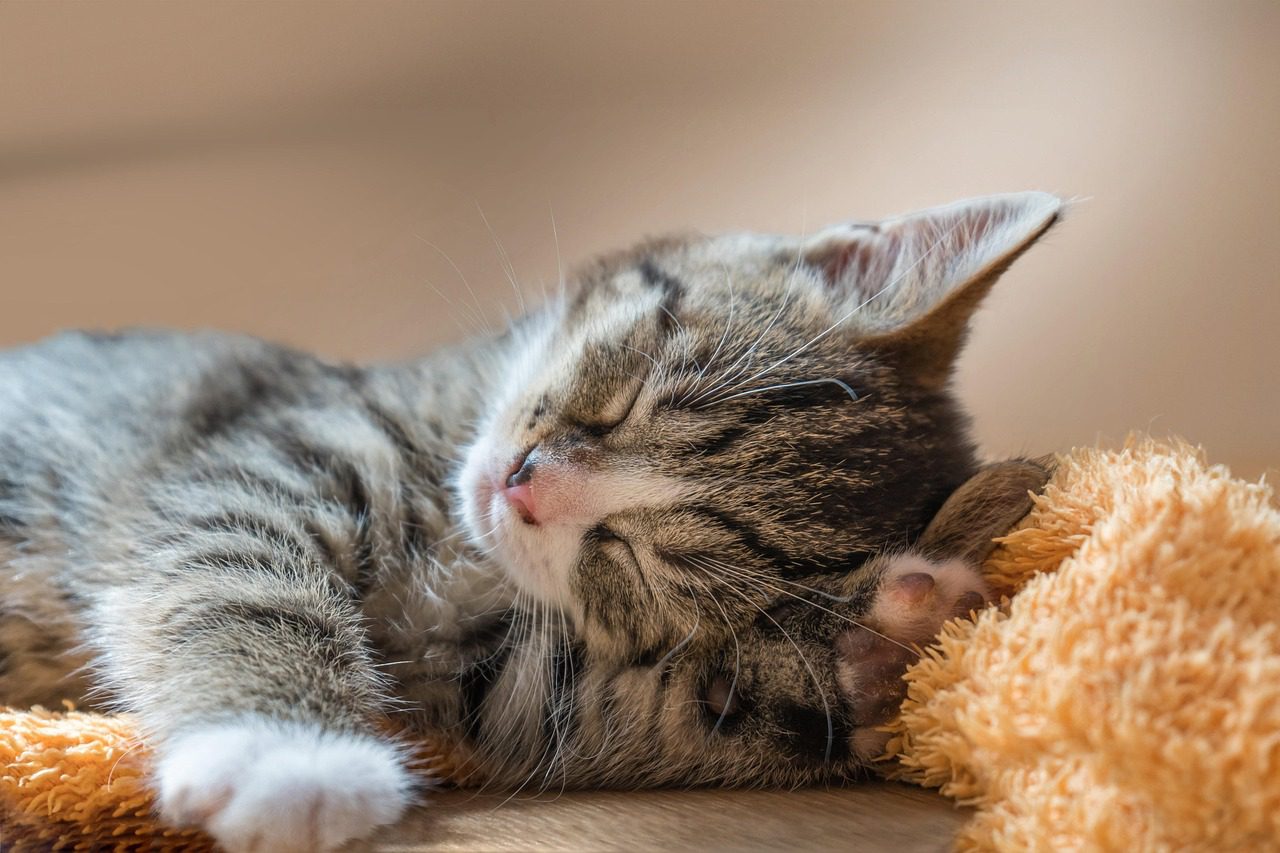As the year draws to a close, I find myself reminiscing about all the changes that I have
witnessed in my profession.
Some are obvious.
We now keep all our patient records on a computer, whereas, when I first started, records
were hand-written and stored on reams of postcards in huge drawers.
I always liked the action of holding an Xray up to the light, and the loud crackly noise and
chemical smell of them. Nowadays our xrays are so much improved, on screen, but
somehow not as exciting.
Vets have access to MRIs, CTs, ultrasound and 3-d imaging, and of course the internet
means we can communicate and learn so much faster.
When I was newly qualified, the whole team gathered round to watch when I elected to put a
dog onto a drip. Now it is rare for any sick animal, or pet under general anaesthetic not to be
given the benefit of intravenous fluid therapy.
In those first years, it seemed like every day that I would see a limping young Labrador or
German Shepherd. After examination, my heart would sink as I had to break it to another
loving owner that their dog had hip dysplasia. Back then it was an incurable and supremely
painful condition.
Nowadays, thank goodness, it is a rare condition, and when it crops up a hip replacement
procedure gives tremendous relief.
I personally feel that the hip scoring scheme has been responsible for the tremendous
improvement I see in terms of numbers of dogs affected dropping to a much lower level.
We went through a phase of seeing too many cases of elbow dysplasia too, but the elbow
scoring scheme quickly added has also resulted in a decline in that condition nowadays too.
The prevention of parasitism, especially flea control has changed enormously too, with both
easy to administer oral and spot-on medications available.
But my life as a GP vet isn’t all better.
I now have to consider diseases and problems from abroad, which were barely a concern
decades ago, as people travel the world with their pets. Still, it keeps me on my toes.




